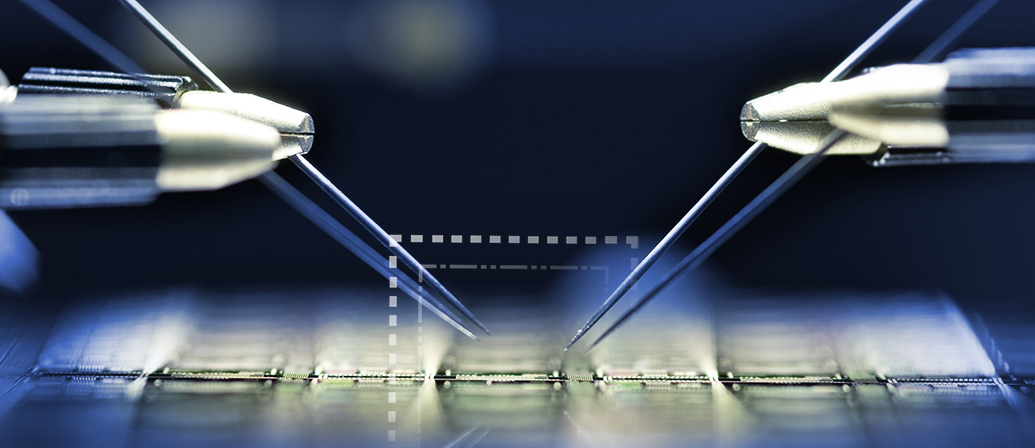Newsletter 01/2023
With a growing number of applications and the increasing complexity of integrated circuits (ICs), it is also becoming increasingly difficult to preserve their reliability and longevity. Given the complex structures and the materials used, modern ICs are subject to various ageing effects – which ultimately lead to wear-out.

The multifaceted interplay between aging effects and other factors such as variations and self-heating makes it hard to model such effects and increasingly difficult to compensate for them to meet product-specific service-life objectives.. In this regard, the conditions in which ICs are to be used are particularly important – for example, because high temperatures speed up certain mechanisms.
Alleviating the effects of circuit aging will require closer collaboration between semiconductor manufacturers and developers. This allows them to develop new approaches to model and compensate aging effects and thus to ensure that ICs maintain their performance over time.
One promising approach is to incorporate machine learning and artificial intelligence (AI) into technological developments and the design and manufacturing of ICs. Corresponding algorithms can be used to model aging effects more accurately, allowing not only technological improvements but also more precise counteraction of these effects in IC design. Another approach involves the heterogeneous integration and 3D stacking of ICs based on the concept of advanced packaging. Such techniques pave the way for greater flexibility in system development so that, for example, components can be manufactured with more-robust semiconductor technologies in order to boost reliability where performance demands permit.
In summary, circuit aging represents a growing challenge for the semiconductor industry. Collaboration between semiconductor manufacturers and designers is important to better understand and model aging effects – along with their influencing factors and impact on circuit behavior – with a view to adopting corresponding countermeasures. This is where the research work at Fraunhofer IIS/EAS comes in: reliability information is recorded for specific semiconductor technologies and made accessible to IC developers. In this way, we can improve the reliability and longevity of ICs and ensure that they remain a vitally important technology for our rapidly evolving world.
 Fraunhofer Institute for Integrated Circuits IIS, Division Engineering of Adaptive Systems
Fraunhofer Institute for Integrated Circuits IIS, Division Engineering of Adaptive Systems